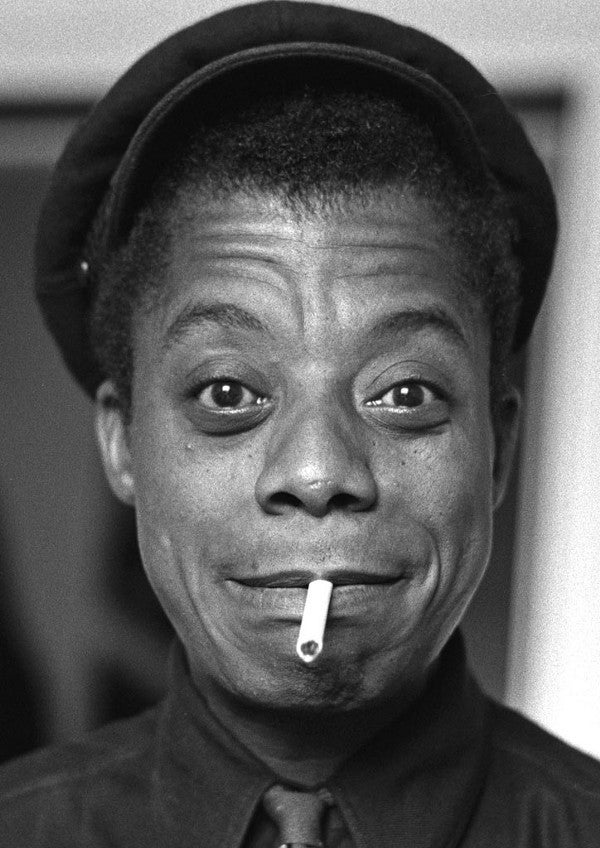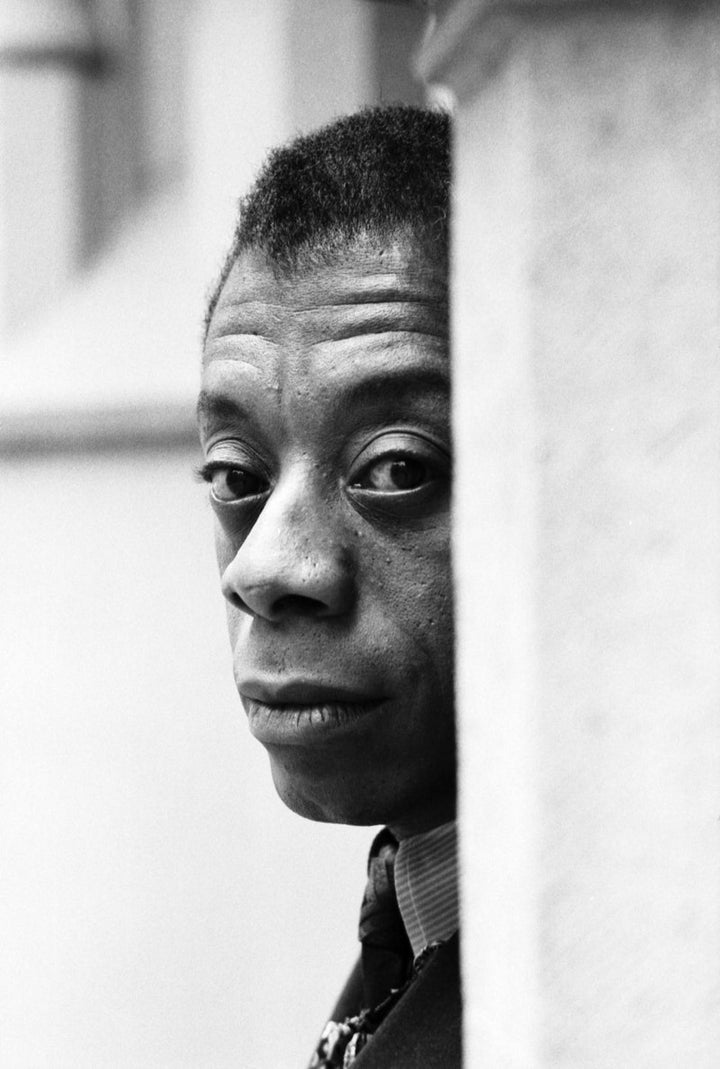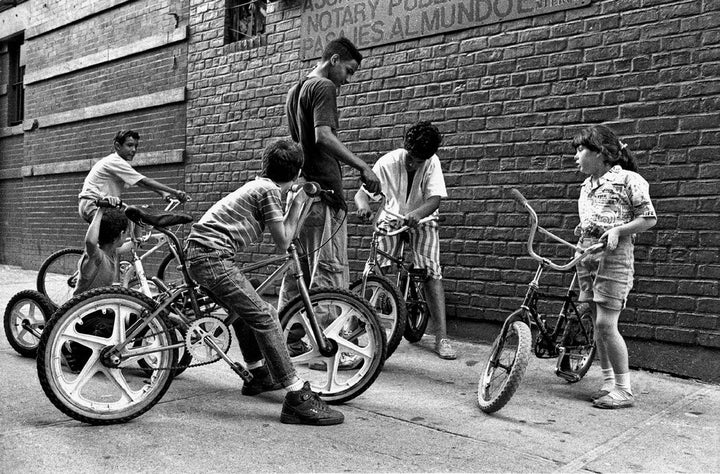
“Well, I may or may not be bitter, but if I were, I would have good reasons for it” chief among them that American blindness, or cowardice, which allows us to pretend that life presents no reasons for being bitter” — James Baldwin
They will try to kill it, first. If not, suffocate it into remission. Mainly because they have yet to control and contain it; because they did not invent it — the Black imagination is a dangerous thing. It is the thing that births Baracks, murders Kings, shoots the Medgars, turns X’s to martyrs.
Through the lens of I am Not Your Negro, we are tasked with examining this notion of the Black imagination framed within the scope of the larger context that is the hypothetical American imagination — hypothetical in that America’s self-perception really is just a series of dreamy false starts. Baldwin’s argument throughout Raoul Peck’s 95-minute film is that the Black American long ago accepted what America continues to ignore: democracy is not actually democratic; it is imaginary, much like the prevailing idea that currently dominates our news feeds, the good old “things are better” adage. During the film, viewers are taken through clips of Uncle Tom’s cabin, greeted with soundbites of an apologizing Donald Trump, interloped with footage of imaginary heroes such as John Wayne, all serving as the framework in which old meets new — the imaginary world in which America’s past has resided, and America present day as it stands. Baldwin stated, “History is not the past. It is the present. We carry our history with us.” Imagery of Rodney King stands side-by-side with the beatings of non-violent practitioners during 60s sit-ins, and the Ferguson protests, all tied together with the ribbon that is the construct of American democracy. Within the thirty-some odd pages of Baldwin’s notes, in which he attempts to tell the American story through the lives and stories of his comrades in arms and rhetoric — Medgar Evers, Malcolm X, and Martin Luther King Jr. — one is given entrance into a reality that feels not so far off from the present dangers that still ail our nation.
The Black imagination is beyond Kenneth and Mamie Clark’s white baby doll tests depicting little black girls always choosing the wrong one, always going for the whitest one: the widest grin possible, the grimmest of choices, the whitest of skin; it is beyond that kind of reproach, that kind of silly song sung on the back of a bus, wheels spinning. In this way, it reminds me of Lewis, a former classmate of mine. Lewis was the kind of brown boy in kindergarten who took off his shoes with his toes pressed against the back of the heel before he double-dutched with the girls in our class. Glee would spread deep in his dimples, blonde and dark brown curls full while jumping, while the other boys like myself punched, spat, and cursed our way through lunch and recess games of two hand touch, kickball, Wiffle Ball, and freeze tag. Lewis was the one who sang “Wheels on the Bus” loudly, looking for some form of a Lord in the vocal, fingers snapped in unison with the rest of his body, wrists turned down, head tilted.
Lewis had already imagined a world where the loose definitions of masculinity and alpha-afro-patriarchy would be untangled, deconstructed, demystified. A world less restricted, not bound to the confines of stigma of gender and race. In the era of pussy grabbing, race-baiting politics, in which human rights to both flesh and clean water and property are being questioned and redefined, it begs the question: What is so scary about a Lewis; about the freedom that is the Black body, reimagined?
“And a young, white revolutionary remains, in general, far more romantic than a black one.” — James Baldwin
Black imagination, by and large, is a rebellion; it is the lit fuse of a powder keg... it is the Molotov, reloaded; Harriet Tubman hurrying Black bodies en masse to freedom; it is Nat Turner dying; it is Paul Robeson blacklisted. The type of imagination listed is the prototype for choosing law over a basketball hoop or slab of white product made to be distributed far and wide across state lines and project benches…the kid that would allow and facilitate discourse over screenshots and footage of a falling apart New Orleans and malaise stricken government forced to deal with and encounter the ramblings of a Chicago boy at the time unabashed and unequivocally Black, to the point that his mere existence and thoughts shared on that NBC broadcast that evening seemed to be too good to be real, too ideal and right on target to be anything but something we created out of the spaces in our minds.
It is the glory in all of this that would try to quiet Baldwin, that would try to silence Bayard and stifle Langston, question Audre. The Black imagination has been deemed bankrupt, stifled by a system bent on restricting the force and nature of a Serena, the power of a Beyoncé, the stoicism of a Jay Z. The fear of what springs forth in the creativity that lies within the banks of the imagined can be held closest to the light when one looks at it too closely.

Blackness, in and of itself, is believed to be imaginary. It is this kind of idea that lives in something as simple as Baldwin dissecting Robert Kennedy’s appeal that “in 40 years, Negroes will one day have a president”, as if the wait for the centuries-long opportunity would be worth the whip and ship trek; the same wait that has allowed the privileged to own the oval office since its inception. However, neither Blackness nor the imagination of those who inherit it is binary, despite the folklore that news media outlets will have us believe and soak ourselves in. We do not exist in the framework, in the planning of the Americas, in its foundation. We are mere tools, only slaves, very much the scapegoats, mainly wax museum statuettes for fodder, for fake, faux amusement park thrills, for elaborate dinner table seating arrangements and token Black references.
We are not real, no realer than the Mexican who bikes in snow to deliver your meals, no more tangible than the Korean woman who buffs your callouses, no more physically available than the Arab you buy Malta and breakfast sandwiches from. We blend in easy — into the walls, into the sky, the backgrounds of your lives. With this we take the bitter with the sweet because it is disingenuous to live in the false reality of make-believe, that we are astronauts and can be, and that you can do it to with bootstraps pulled; Mae Carol Jemison was not a fictional account; Hidden Figures was not a story spun from a lucid dream. The stories — the women, the science in them — all is real. This imagination looks for more amid suggestions that “you are less than,” the Black kind, takes up uninvited space without care or agreement from the ones claiming the space; the justification being that the space was never owned by those who stake claim to it; it has always been stolen, always taken from under the feet of the Indians, of the Spanish, of the Africans ― the soil under their toes, the toes of the Anglo-Saxon, Eurocentric imperialists holding court, has always been too rigid to hold back the broadness that is the benevolence of the Black thought. This land has never been owned by its oppressors, it has always been borrowed, with interest.

There are times when I ask, “who would I be in 1825? 1926? 1956? 1965?” What kind of Black man would I be then? Would I be Booker T. or W.E.B.? Maybe I’d be fine being the assembly line stooge, placating white fears with solemn “yes sirs,” catching white tears with tissue made from the softest of silks, the cottonest of threads. Underground railroad? Overseer spy? Field or house? COINTELPRO or the one shelling peas at kitchen table? My imagination runs. It is this same kind of escapism fantasy fairy tale imaginary land that has led the Black community to books, to higher education, that has led us to believe in a democratic America, that would finance a war, elect a xenophobe, and give a presidency away to Russian hackers. You are told very early on that your imagination has a cost, that your imagination has limits, that a Black president cannot be who he says he is, that he must be Muslim, he must not be American. There is a ceiling to the imagination of Blackness, you are told very early on. Sometimes I like to imagine that the next Obama is in someone’s class, scribbling rhymes, trying to skip the thesaurus and find ways to rhyme thyme with any word differing from the obvious. This next one, whomever he or she is, will be imagining a world different from the one we inhabit now, in the same vein as the Lewis I grew up knowing, as the Carmen Perezes and Johnetta Elzies I know now.
One may ask whether Baldwin could have foreseen an Obama? Could he have predicted a Lebron, expected a Serena, believed a Beyoncé, dreamt a Jay Z? Surely, as one could have conceived of a Malcolm, a Martin and a Medgar, we can hypothesize Baldwin would have no less envisioned a Belafonte as he could have conjured up an Oprah. Baldwin himself proclaiming, “I cannot be a pessimist, because I am alive,” is breeding ground for the heights of the Black imagination, no matter noose or lynching. The Black American will continue to imagine, much like Baldwin did, and the world will try and steal it from them, or die trying. But the imagination will forever live on.
